Ganesh Chaturthi is a popular festival in India. It celebrates the birth of Lord Ganesh, the god of new beginnings. He is the son of Lord Shiva and Goddess Parvati. Lord Ganesh stands for wisdom, prosperity, and good luck. This joyful event marks his arrival on earth and unites people from all backgrounds and religions.
The celebrations give hope and make people feel united. This yearly event is known as Ganesh Chaturthi or Vinayaka Chaturthi. It’s a time for happiness, thinking about important things, and worshipping Lord Ganesh together.
Read this article to find out more about the Ganesh Chaturthi festival. We will share important information about its meaning and how people celebrate it.
Why is Ganesh Chaturthi celebrated?
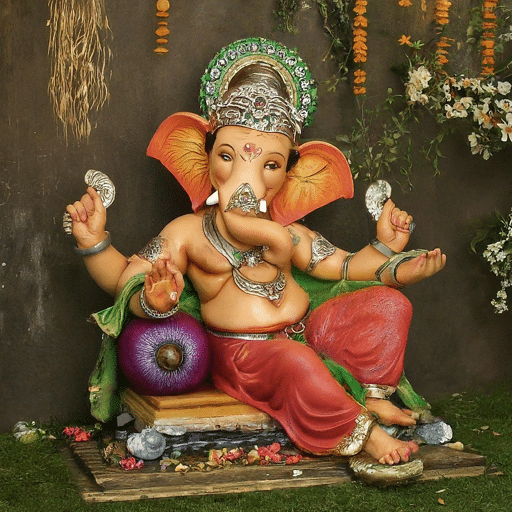
Ganesh Chaturthi festival
Ganesh Chaturthi commemorates Lord Ganesha’s birth, the remover of obstacles and the god of wisdom. It brings prosperity and good fortune. During this Ganesh festival, clay idols are worshipped at homes and pandals. Devotees offer prayers, sing hymns, and perform aarti to seek blessings for success and happiness.
The festival fosters unity and community bonding, promotes reflection and renewal, and seeks blessings for new beginnings.
The History of Ganesha Chaturthi Celebrations in India
Ganesha Chaturthi, a vibrant and widely celebrated festival in India, honours Lord Ganesha, the elephant-headed deity known for his wisdom and ability to remove obstacles. Below, we will discuss the festival in detail and discuss its origin.
During the Maratha Empire
During the Maratha Empire, the ruling Marathas celebrated Ganesh Chaturthi with great zeal. It was a private family affair, honouring Lord Ganesha in homes.
Over time, under Bal Gangadhar Tilak’s influence, this festival transformed into a public event to unite people against British rule. Today, it stands as a symbol of unity and cultural diversity, bringing people together in joyous celebration.
During India’s Freedom Struggle
The history of Ganesh Chaturthi in the freedom struggle traces back to 1892 when Krishnajipant Khasgiwale from Pune witnessed a traditional public festival in Maratha-ruled Gwalior.
He shared this experience with Bhausaheb Laxman Javale and Balasaheb Natu in Pune. Javale, also known as Bhau Rangari, then established the first public Ganesha idol and organised gatherings to honour Lord Ganesha.
Initially a private celebration in Maharashtra due to British rule, the festival regained public significance thanks to the efforts of Lokmanya Tilak. Tilak promoted the Ganapati festival as a way to unify Indians and foster national pride in the face of British restrictions on public gatherings and dissent.
Also Read: 22 Must-Try Maharashtra Famous Foods
What preparations are involved in Ganesh Chaturthi?
To celebrate Ganesh Chathurthi, we create clay idols, prepare important items for the pooja, like incense and flowers, and make delicious dishes, such as carrot halwa, to offer to Lord Ganesha.
Idol Making
Skilled artists make idols for Ganesh Chaturthi. They carefully shape beautiful images of Lord Ganesha. This work often starts several months before the festival. The artists use materials like clay or Plaster of Paris to design idols. They then add bright colours and fine details, showing their respect for the deity.
Each idol reflects the spirit of Lord Ganesha, blending art with meaning. The idol-making tradition is valued. It mixes creativity with religious practice. As a result, stunning idols are seen in homes and public displays during the festival.
Home Decorations
Decorating homes is a big part of Ganesh Chaturthi preparations. Devotees put in a lot of effort to make their houses look nice. They want to welcome Lord Ganesh and feel his presence.
People create beautiful displays with pictures or statues of Lord Ganesh in the centre. They also make colourful Rangolis at doorways using powders, flowers, or rice. These designs attract good luck and prosperity. Homes shine with twinkling lights, fresh flowers, and colourful fabrics, creating a festive feel. A special place is made for Poojas, and rituals are performed happily. Overall, this decoration shows the love and respect devotees feel for Lord Ganesh during his time on Earth.
Pooja Essentials
To perform Ganesh Chaturthi Pooja, you need several important items to worship Lord Ganesha. These include incense sticks, camphor, flowers, turmeric, kumkum, coconut, betel leaves, fruits, sweets, and sacred water.
A Ganesha idol, especially one made from clay, is also important for the rituals. During the pooja, people chant Vedic hymns and read Hindu texts. They light diyas, offer prasad, and perform aarti to honour this beloved deity. Having all the right items makes the pooja feel special. It creates a calm space for devotees to seek blessings and show their gratitude.
These recipes are not just about food; they are special gifts that connect us to our traditions. They bring happiness to our celebrations with flavours that we have enjoyed for many years. Join in the spirit of Ganesh Chaturthi with these authentic dishes that show how important this time is.
The Most Popular Ganesh Chaturthi Food Items
Ganesh Chaturthi is a festival where food is at the heart of the celebration, honouring Lord Ganesha’s love for treats like modaks and ladoos. Here’s a look at five delicious festival favourite foods that are perfect for Ganeshotsav.
1. Modak
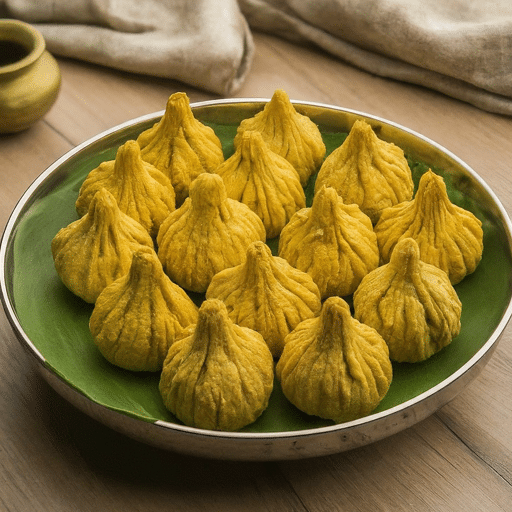
Modak for ganesh chaturthi
Modaks are considered Lord Ganesha’s favourite food, earning him the name Modakapriya (one who loves modak) in Sanskrit. It’s believed that offering modaks to Lord Ganesha pleases him and brings his blessings throughout the year.
Modak is a sweet dumpling enjoyed during Ganesh Chaturthi. Traditionally, modaks have a shell made from rice flour or wheat. Inside, they are filled with a delicious mix of jaggery and grated coconut. Nowadays, there are many types of modaks, such as fried ones, dry-fruit versions, or chocolate ones.
2. Laddoos
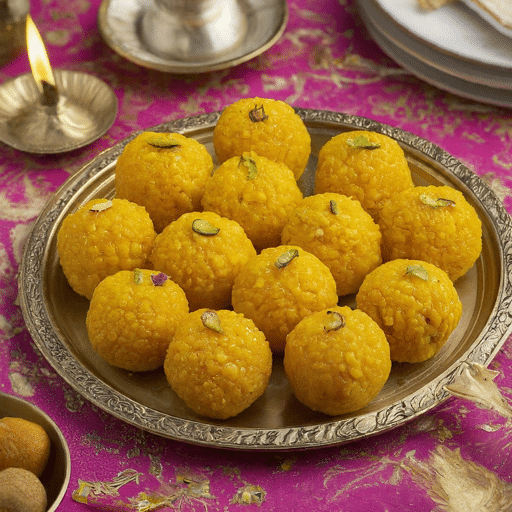
Ladoos recipe
Ladoos are offered as prasad during Ganesh Chaturthi, symbolising a wish for sweetness, joy, and spiritual prosperity in life. According to legend, Lord Ganesha once fought with Lord Parshuram, during which his tooth broke, making it painful for him to eat. Soft motichoor ladoos were prepared to melt in his mouth, becoming his favourite treat.
Laddoos are beloved sweets across India, especially during Ganesh Chaturthi. Popular types include Motichoor Laddoo, made from tiny chickpea flour pearls in sugar syrup, and Coconut Ladoos, made with grated coconut, cardamom powder, and condensed milk. Til Ke Ladoos, made with sesame seeds and jaggery, are also Lord Ganesha’s favourites. The variety of flavours and aromas makes laddoos a festival must-have.
3. Puran Poli
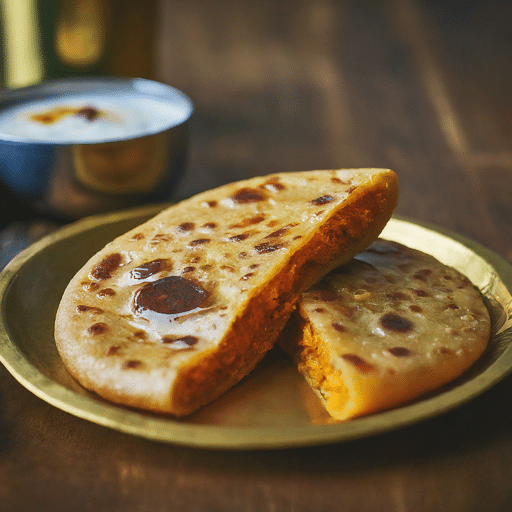
Puran Poli
Puran Poli is a loved sweet treat from Maharashtra. During Ganesh Chaturthi, it’s a popular offering to Lord Ganesha. People often serve it with modaks.
This sweet dish is a sweet bread made from wheat flour. It has a filling made of cooked lentils, jaggery, and spices. Puran Poli is not only a delicious dessert, but it also plays a big role in Naivedya, the food offered to Lord Ganesh during the ten-day celebration.
4. Coconut Rice
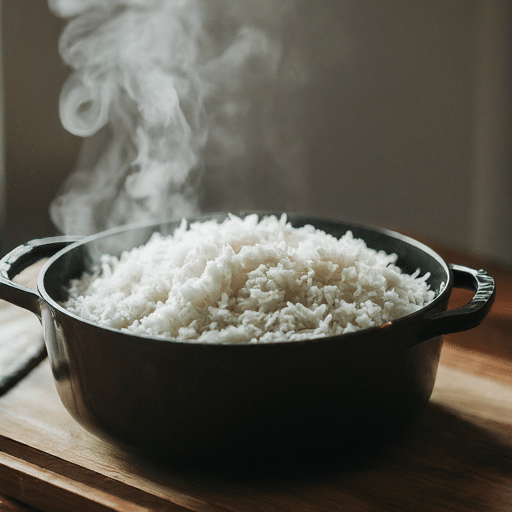
Coconut Rice
Coconut Rice, or Narali Bhat, a sweet coconut rice dish, is another popular dish made during Ganesh Chaturthi. In legend, God Ganesha created Narali Bhat after Lord Vishnu defeated a demon. Thus, Bappa’s plate would not be complete without this dish, symbolising gratitude and protection.
To make it, you cook white rice with coconut milk or mix it with coconut flakes, which gives it a unique flavour and feel. People often add cashews and coriander leaves on top. It is served with curry or yoghurt. The easy but delightful taste of Coconut Rice makes it a favourite for this special feast.
5. Shrikhand
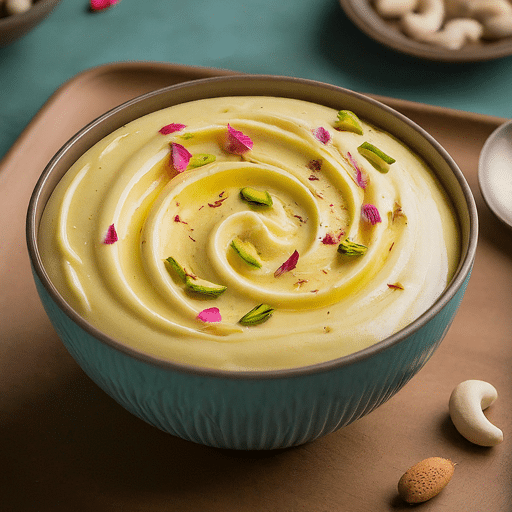
Shrikhand Ganesh chaturthi
Srikhand is the ultimate festive dessert enjoyed during Ganesh Chaturthi, and you’ll find it in every other home that celebrates the Ganesh puja.
It is made of strained yoghurt and sugar, giving it a creamy texture. Cardamom powder adds a lovely flavour. Sometimes, saffron is included for a special touch. The silky feel of Shrikhand is delightful, and it melts in your mouth. It has both sweet and tangy tastes. People often add almond and pistachio slices on top. Shrikhand is offered to Lord Ganesh, showing the sweetness and joy of the festival.
What celebrations are involved in the festival?
The Ganesh Chaturthi festival lasts ten days and includes many religious and social events. People set up idols of Ganesha and follow set rituals. They also take part in public celebrations with music, dance, and delicious food. This festival is called Ganesh Utsav and is celebrated in several Indian states and in countries where many Hindus live.
A key part of these celebrations is the Visarjan procession. During this event, beautiful idols of Ganesha are carried through the streets before being placed in water.
During the Ganesh Chaturthi festival, people take the idol of Lord Ganesh to the river. This follows the Hindu lunar calendar. The journey of the idol shows life and the need to let go of attachments. This message is very important in the Hindu festival of Ganesh Chaturthi. Let’s take a closer look at these traditions.
Rituals and Customs
Rituals and customs matter a lot during Ganesh Chaturthi. They help us seek blessings from Lord Ganesh and feel closer to the divine. The special actions during this festival connect us spiritually and bring us good blessings. Setting up clay idols and chanting Vedic hymns are important parts of the celebrations. Each act has its special meaning and shows great respect from the followers. The lively Visarjan procession at the end of the festival represents the cycle of life. It reminds us to accept change with a positive attitude.
Public Celebrations
Ganesh Chaturthi is a religious and community event. In India and areas with many Hindus, people feel excited and joyful during this time. Hindu communities come together to create large and beautifully crafted Ganesh idols. They place these idols in special, decorated pandals, which are temporary buildings made for religious celebrations.
Daily poojas, singing, music, dance shows, and sharing food play a big role in public festival celebrations. This happens in the states of Maharashtra, Madhya Pradesh, Gujarat, Rajasthan, Goa, and others in India. Many local people, especially in Hindu communities, organise cultural and artistic activities. These activities can include dramas or painting contests.
Visarjan Procession
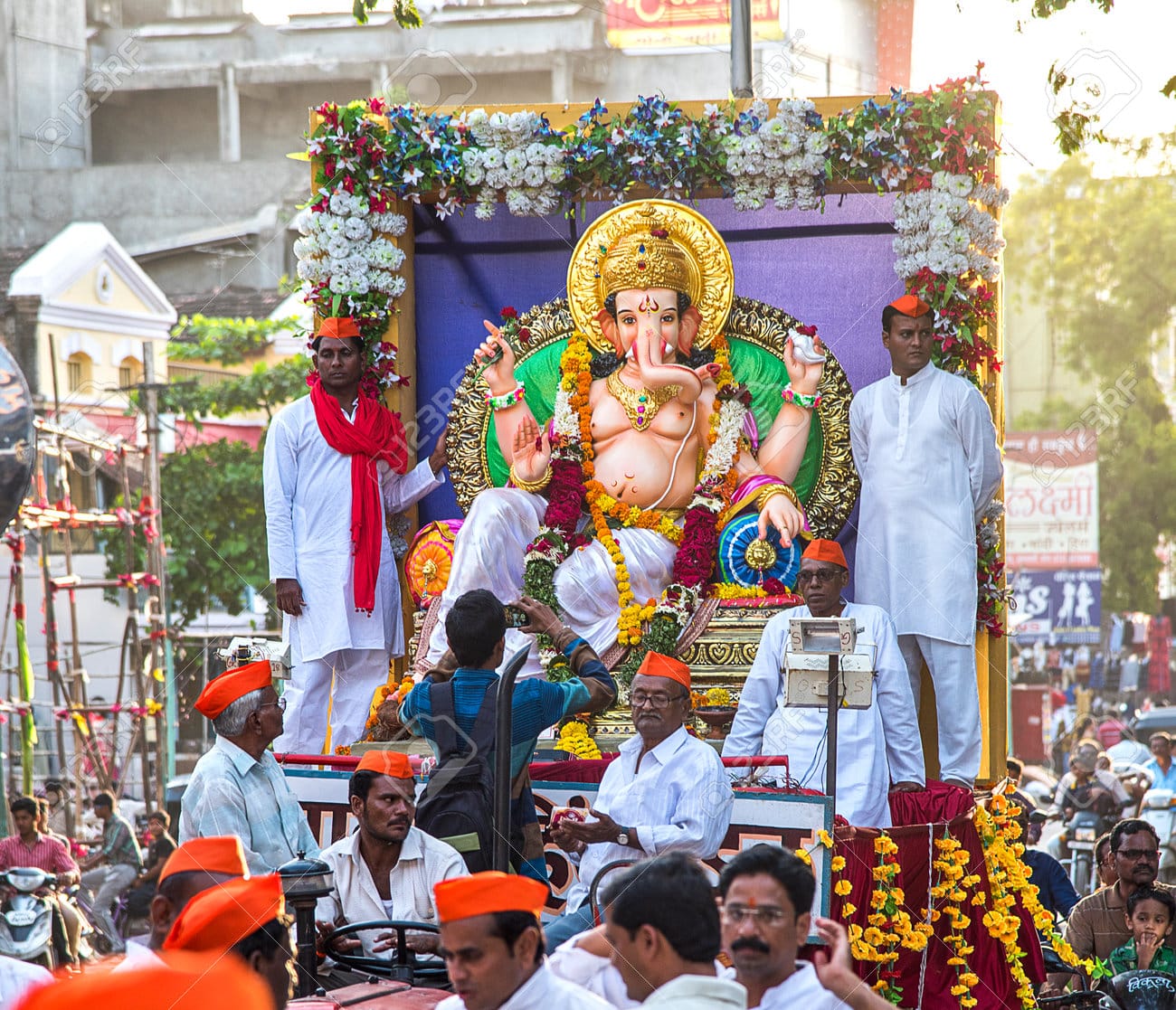
Ganesh visarjan procession
The Visarjan parade on the last day of Ganesha Chaturthi is a big celebration. Many devotees carry their Ganesh idols through the streets. There is lots of singing, dancing, drumming, and fireworks. On the tenth day after it begins, the public procession moves to a nearby body of water, such as a river or the sea. There, the idols are immersed in Ganpati Visarjan’s practice.
The act of immersion marks Ganesh’s departure. People say goodbye to him until the last day of the festival next year. In Mumbai, the famous Visarjan parades happen. Thousands of idols go into the Arabian Sea, and there are huge processions during Visarjan. People chant, “Ganapati Bappa Morya, Purchya Varshi Laukariya.”
Get to know the delicious foods of Ganesh Chaturthi. These traditional recipes carry cultural meaning. You can enjoy tasty carrot halwa and sweet Modak, which honour Lord Ganesha.
Conclusion
Ganesh Chaturthi is a fun festival that brings many people together in happiness and belief. It features special rituals, joyful celebrations, and delicious traditional foods that show hope and success.
This festival helps build strong community connections and faith in Lord Ganesh, who is thought to help solve problems. The celebrations end with the chant, “Ganpati Bappa Morya, Pudhchya Varshi Lavkar Ya,” as everyone eagerly waits for His return for another amazing year of celebrations.
Frequently Asked Questions
How long does Ganesh Chaturthi last?
Ganesh Chaturthi is a ten-day festival that starts on the fourth day of Bhadrapada, the sixth month of the Hindu calendar. It ends on Anant Chaturdashi, the day people say goodbye to Lord Ganesh during the Visarjan ceremony.
Why is Ganesh Chaturthi celebrated?
Ganesh Chaturthi is a festival that celebrates the birth of Lord Ganesh. He is known as the god of new beginnings and the one who removes obstacles. People also see him as the protector of knowledge. For ten days, many believe that Lord Ganesh comes to earth to give his blessings to his followers.
What is the significance of the Visarjan procession?
The Visarjan procession marks the end of the Ganesh Chaturthi festival. It celebrates Lord Ganesh’s departure. During this event, people place the Ganesh idol into the water, symbolising his journey back to Mount Kailash. The procession serves as a reminder of the circle of life and existence.
Why is Lord Ganesha worshipped during this festival?
Lord Ganesha is worshipped during the Ganesh Chaturthi festival. He represents new beginnings, wisdom, and the ability to remove obstacles. People pray to him for blessings, seeking success, prosperity, and help with challenges in life.







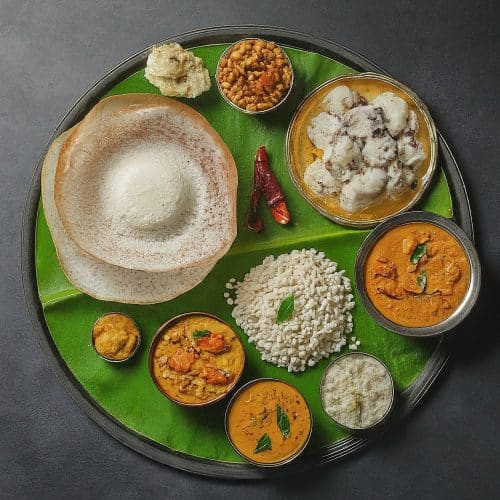
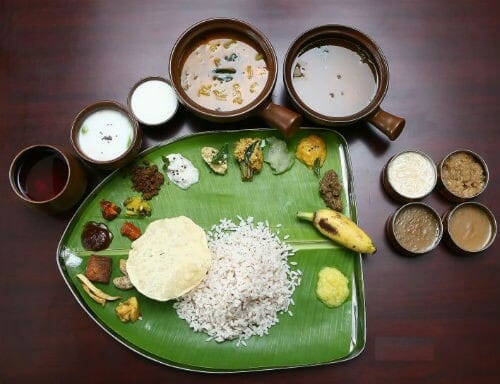
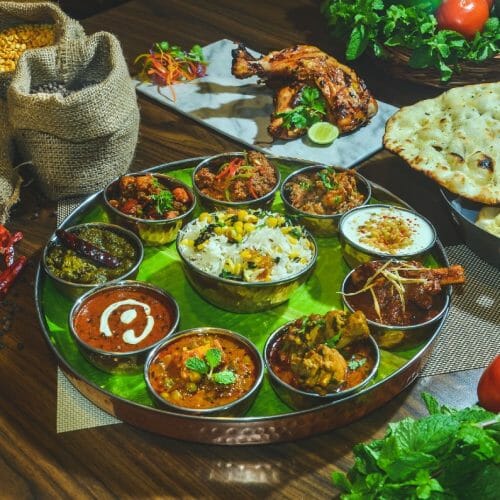
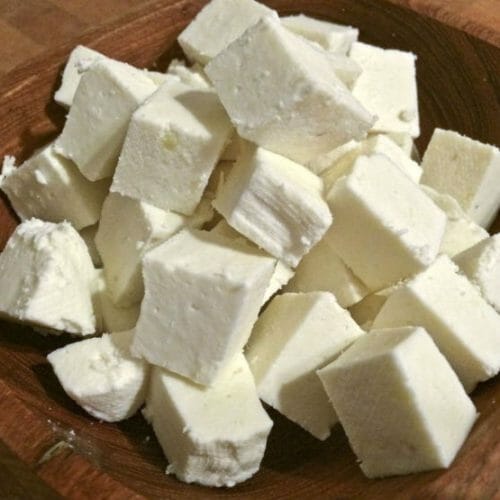

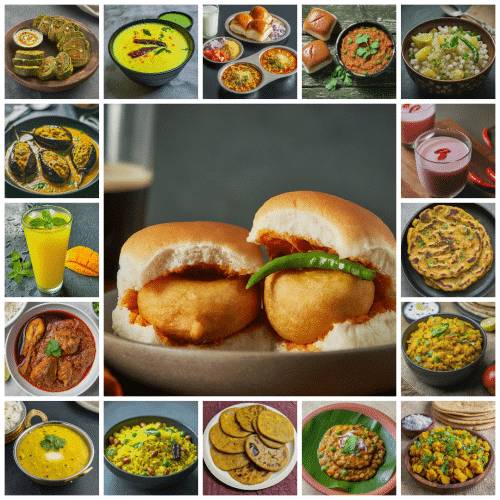
1 comment
This is very exciting I am enjoying the wonderfull feeling of sharing this interaction and Ilike the history behind the Ganesha s birth. thank-you very much. barry singh.